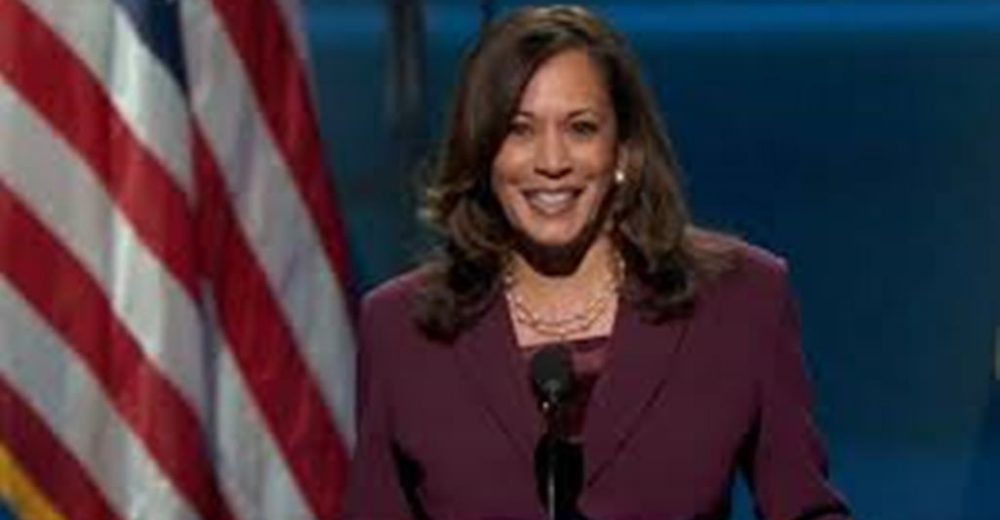As the political storm settles and party disputes subside, Kamala Harris has emerged as the Democratic nominee, setting up a pivotal contest for the upcoming election. John Zogby, co-founder of the nationwide online survey service and political polling service John Zogby Strategies, noted, “I think she brings a lot to the ticket. I may not have thought that months ago, but the most important thing she brings right now is an end to the age and capacity issue.”
Strategic Moves and Timing
President Joe Biden’s endorsement of Kamala Harris and his decision to step back were likely orchestrated with careful planning, timed strategically after significant events like the NATO summit and GOP convention. This move aims to ensure a seamless transition and a strong campaign foundation for Harris. Now, with this bold strategy in play, Harris is actively courting delegates, state leaders, and financial supporters.
Polling Trends and Public Opinion
Pre-announcement polls indicated that Harris was trailing Donald Trump by a narrow 1.7 points, compared to Biden’s three-point deficit. Despite both numbers being within the margin of error, Harris’s closer gap suggests she may not hinder the campaign. As fresh polls are expected soon, early signs point to a closely contested race.
Party Dynamics
Harris’s path to the nomination has been fraught with internal party upheavals. Calls for Biden’s resignation and strong opinions from key figures like Nancy Pelosi have ignited intense debates within the Democratic Party. Former President Barack Obama’s advocacy for a transparent nomination process, as noted by Politico, reflects the intricate and occasionally contentious nature of the party’s internal deliberations. Additionally, endorsements from Hillary and Bill Clinton significantly bolster Harris’s candidacy.
Harris’s Prospects and Challenges
Kamala Harris brings extensive experience and a new perspective to the race. Her previous roles as San Francisco’s District Attorney, California’s Attorney General, U.S. Senator, and Vice President highlight her leadership capabilities. Her candidacy also addresses concerns about Biden’s age and effectiveness.
Nonetheless, Harris faces notable hurdles. Her handling of border issues has been scrutinized, and questions persist regarding her appeal to suburban women and African American voters. While abortion remains a crucial issue, broader concerns like global conflicts and economic stability will also play a significant role in the election.
Selecting a Running Mate
The choice of vice-presidential candidate will be pivotal for Harris’s campaign. Potential picks such as Michigan Governor Gretchen Whitmer, Pennsylvania Governor Josh Shapiro, and Kentucky Governor Andy Beshear each offer distinct advantages and challenges. Whitmer’s success in Michigan, Shapiro’s popularity in Pennsylvania, and Beshear’s wins in Kentucky provide strategic benefits. The selection will need to balance executive experience, appeal in battleground states, and overall party strategy.
Looking Forward
As Harris kicks off her presidential campaign, the Democratic Party anticipates a fiercely competitive race. The influence of major donors and internal polling will significantly shape the campaign’s direction. Obama’s call for a transparent process and Harris’s proactive efforts to gain delegate support underscore the dynamic nature of the nomination process.
In conclusion, Kamala Harris’s presidential campaign represents a critical moment in American politics. With high stakes and a highly polarized environment, the coming months are likely to be as dynamic and unpredictable as the past year. Harris’s success will hinge on her ability to generate support, address key issues, and navigate the complexities of modern American politics.

